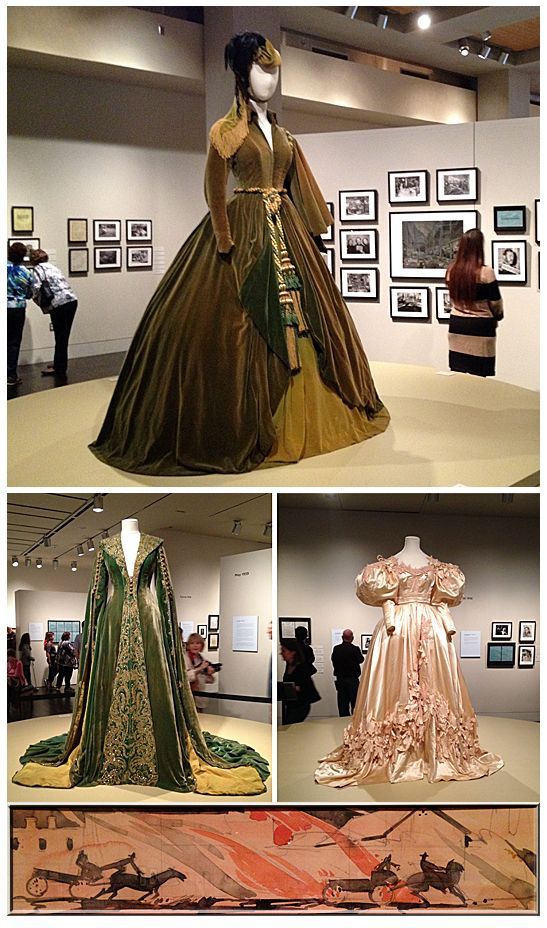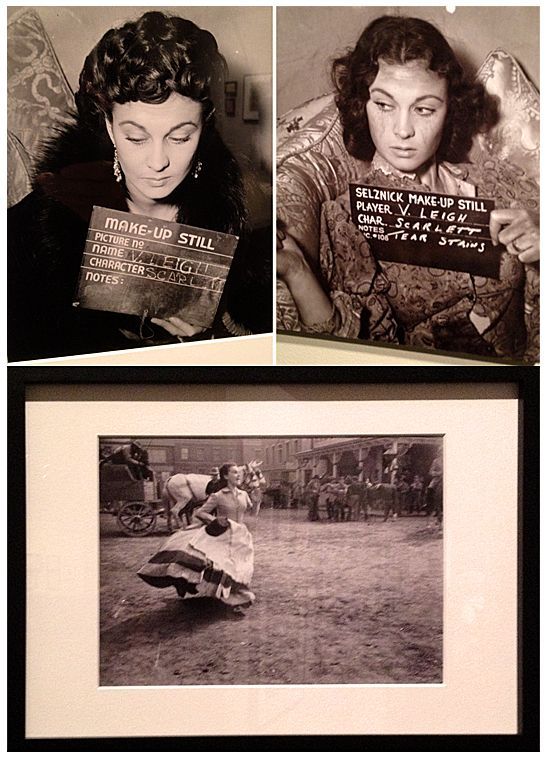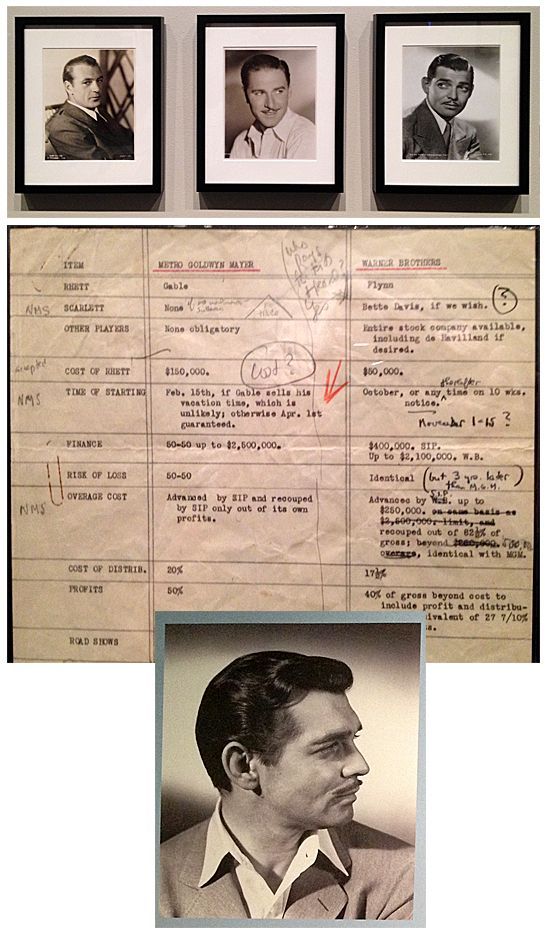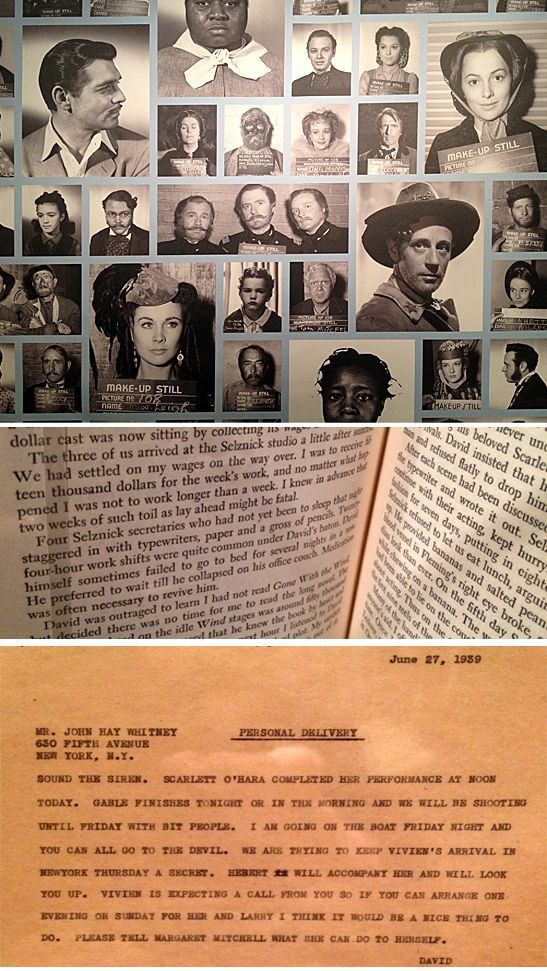- Revenue Cycle Management
- COVID-19
- Reimbursement
- Diabetes Awareness Month
- Risk Management
- Patient Retention
- Staffing
- Medical Economics® 100th Anniversary
- Coding and documentation
- Business of Endocrinology
- Telehealth
- Physicians Financial News
- Cybersecurity
- Cardiovascular Clinical Consult
- Locum Tenens, brought to you by LocumLife®
- Weight Management
- Business of Women's Health
- Practice Efficiency
- Finance and Wealth
- EHRs
- Remote Patient Monitoring
- Sponsored Webinars
- Medical Technology
- Billing and collections
- Acute Pain Management
- Exclusive Content
- Value-based Care
- Business of Pediatrics
- Concierge Medicine 2.0 by Castle Connolly Private Health Partners
- Practice Growth
- Concierge Medicine
- Business of Cardiology
- Implementing the Topcon Ocular Telehealth Platform
- Malpractice
- Influenza
- Sexual Health
- Chronic Conditions
- Technology
- Legal and Policy
- Money
- Opinion
- Vaccines
- Practice Management
- Patient Relations
- Careers
iPostcards from Austin, TX, Part 1
Our travel columnist takes a look at some of the history in Texas' capital city. He uses the occasion as an opportunity to test out the camera on his iPhone.
Photographers felt Apple’s iPhone won the first round. Its camera was a sensationally successful convenience in anyone’s pocket. Yet many reviewers suggested, early in 2014, even as the iPhone 6 appeared, that the Samsung Galaxy S5 had a superior camera. Now we hear Samsung will have an S6 out later this year.
So here I am in Austin, TX around Thanksgiving with my aging iPhone 4S wondering if I can survive a week without my Nikon bazooka. The weakness of the iPhone as a camera clearly is it doesn’t have a long lens but its wide angle and macro capabilities may make up for that.
Would you indulge me and follow me around the capital of the Lone Star State as I evaluate my iPhone camera?

What’s NEW is always a buzz. Especially in this city of young people. And what’s new is the first and only track in the United States to be built specifically for Formula 1 car racing: The Circuit of the Americas. The circuit is 3.41 miles with 20 turns. Formula 1 2015 Grand Prix Race Day is October 25. In contrast to something so new is the historic Driskill Hotel, built in 1886 on the corner of Brazos Street and 6th Street, a location now famed for its music scene. The hotel’s first owner was Civil War Colonel Jesse Driskill, described as a “compulsive gambler who lost the hotel a year later in a high-stakes poker match and died a broken man in 1890.” His ghost is said to haunt the hotel, its presence revealed by the scent of his cigar smoke. It’s not clear whether the ghost knows this is now a non-smoking hotel with a minimum $750 room cleaning fee for delinquents.

A further contrast in Austin lies between Colonel Driskill, the gambler, and Harry Ransom, (1908-76) the University of Texas Chancellor whose Center for the Arts and Humanities lies a mere 16 streets (1.4 miles) north of the hotel. Ransom—like most Texans—thought big, and he lived in a state whose wealthy benefactors thought big too. Two years after Ransom’s death the Center paid $2.4 million to acquire a complete copy of a Gutenberg Bible. Our description of Gutenberg’s printing press in Mainz in Germany can be seen here.

Ransom developed the University of Texas’s extraordinary photography holdings by procuring the Gernsheim Collection in 1963. It included the world’s first photograph, Niepce’s Le Gras image, which we have written about previously in our Chalon-sur-Saone article. Both it and the Gutenberg bible are on permanent display in the lobby.

The display causing the most interest, however, at the time of my visit at Thanksgiving 2014 was the Center’s collection of memorabilia from the 1939 movie, Gone with the Wind, a collection it intends to show every 10 years after it closed in January 2015.
Immediately confronting visitors were recognizable dresses from the movie including Scarlett’s dress made from the green curtains. Some of the movie boards from the Atlanta burning scenes were also on display. A research librarian at the Center tells us that the dresses will be retired for another 10 years to the archives away from light to keep them pristine, but our readers can still study the material photographed by us on the Center’s walls on a personal visit, provided enough warning is made in a request to the Harry Ransom Center. It would be helpful first for such visitors to go online here and type in “Selznick” to find what items they might hope to see in person displayed for them on a table in the Research Library.

Amongst the thousands of items from the David O. Selznick Collection are audition photographs of the controversial (because she was not from the Deep South but she did win the Academy Award) actress Vivian Leigh who just happened to be visiting Hollywood while actor husband Laurence Olivier was in town making a movie.

It’s intriguing to find that, although memory serves to remind us about the search that took forever to find the movie’s leading lady, there was also much chatter about who would play Rhett Butler, the leading man. The search that finally gave Selznick Clark Gable was partly based on costs. Gary Cooper was considered (I would have thought a huge casting mistake) as was Errol Flynn—a great choice at one-third the price of Gable but the profit motive went beyond the cost of one actor and although Gable gave the most remembered performance in his life, popular though he was, he did not win the 1940 Oscar.

The message received from this superb display of memos and personal comments gives unusual perspective on how movie moguls think and act. From the producer’s opinion as to how he, Selznick, wanted the scene to be photographed just before the half-time intermission where Scarlett raises her fist to the sky and declares she will never allow herself to be hungry again, to a Western Union telegram Selznick sent to his physician requiring assurance that the amount of amphetamine he was taking to handle his work load would not harm his health and “make him explode.” On display also are his comments about possible leading men with the request that his very personal opinions not be made public … but this is Hollywood, and do you recall Fred Allen’s quote that “You can take all the sincerity in Hollywood and put it into a gnat’s navel, and still have room for two caraway seeds and an agent’s heart!”
So despite Selznick’s request to one John F. Wharton that “For the love of Pete don’t permit this letter to be seen by anyone,” there it is framed on the wall in all its innocence. Maybe statutes of limitation don’t apply to integrity.

It was a very tiring movie to create, produce and direct. Everyone was worn out at the end. Even some of the faces on the wall of the Harry Ransom Center suggest fatigue and the Ben Hecht book on display shows how desperate Selznick was to get the screenplay improved, even agreeing to pay the new screenwriter Hecht $15,000 for one week’s editing. So it’s no surprise to read the final telegram Selznick sent to his associate John Whitney where he said (of this movie that would be nominated for 14 Academy Awards and win nine):
SOUND THE SIREN. SCARLETT O’HARA COMPLETED HER PERFORMANCE AT NOON TODAY. GABLE FINISHES TONIGHT OR IN THE MORNING AND WE WILL BE SHOOTING UNTIL FRIDAY WITH BIT PEOPLE. I AM GOING ON THE BOAT FRIDAY NIGHT AND YOU CAN ALL GO TO THE DEVIL. … PLEASE TELL MARGARET MITCHELL WHAT SHE CAN DO TO HERSELF. DAVID
Next week: There’s other stuff to see in Austin, Texas.
Photography by the author
The Andersons, who live in San Diego, are the resident travel & cruise columnists for Physician's Money Digest. Nancy is a former nursing educator, Eric a retired MD. The one-time president of the NH Academy of Family Physicians. Eric is the only physician in the Society of American Travel Writers. He has also written 5 books, the last called The Man Who Cried Orange: Stories from a Doctor's Life.
